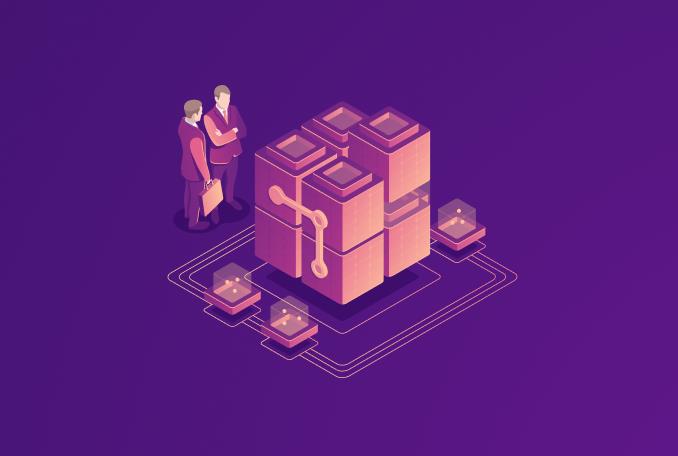Why AI Consumes So Much Energy and How We Can Make It Sustainable

AI’s Rapid Growth and Environmental Impact
AI energy consumption is becoming a critical concern as artificial intelligence (AI) transforms how we live, work, and interact with technology. From digital assistants to personalized online recommendations, AI powers countless applications, but this rapid growth leads to increasing AI energy consumption, higher carbon emissions, and broader environmental impact. For instance, U.S. data centers consumed 4.4% of electricity in 2023, a figure projected to triple by 2028. Clearly, AI’s environmental footprint cannot be ignored.
Why AI Uses So Much Energy
AI’s high energy usage stems from its computational intensity. Large language models (LLMs) and other AI architectures require thousands of GPUs or TPUs running continuously for weeks or months during training. Each model involves billions of parameters, demanding high-performance computing infrastructure. Furthermore, frequent retraining and increasing model complexity further escalate electricity consumption.
Hidden Costs Beyond Electricity
In addition to energy, AI data centers need advanced cooling systems, consuming millions of gallons of water. High-performance components like GPUs have short lifespans, generating electronic waste. Manufacturing these devices also depletes rare earth minerals. Therefore, AI’s environmental consequences extend far beyond electricity, affecting water, resources, and emissions.
Strategies for Sustainable AI
Fortunately, solutions exist. Optimizing AI models to use fewer resources reduces energy demand without sacrificing performance. Domain-specific models can lower computational overhead, while renewable energy-powered data centers make AI greener. Using AI-specific chips like neuromorphic processors and distributing workloads across time zones further improves sustainability.
Tech Giants Turning to Nuclear Power for AI Energy
As AI’s energy demands soar, several leading tech companies are exploring nuclear power as a long-term, carbon-free solution to run their data centers efficiently. Four major cloud providers are already taking early steps toward this shift:
- Microsoft: Partnered with Constellation Energy to restart the Three Mile Island nuclear reactor in Pennsylvania, expected to power operations by 2028.
- Google: Collaborating with Kairos Power to develop up to seven small modular reactors (SMRs) by 2035 for clean AI energy.
- Amazon Web Services (AWS): Investing in three major nuclear projects across the U.S., including partnerships with Dominion Energy and X-Energy for SMR development.
- Oracle: Planning to construct three SMRs to supply clean, reliable energy for its upcoming data centers.
These initiatives mark a bold move toward sustainable AI infrastructure, showing how nuclear innovation could balance the growing energy demands of AI with environmental responsibility.
The Role of Research and Policy
Research institutions play a critical role. Universities and labs can measure AI’s carbon footprint, promote energy-efficient practices, and foster collaboration between AI developers, environmental experts, and policymakers. Public workshops and sustainability initiatives can educate the broader AI community, ensuring responsible development.
Acting Now for Green AI
AI’s energy consumption is a growing concern, but proactive strategies can mitigate its environmental impact. By combining technological innovation, renewable energy adoption, and research-driven solutions, we can continue leveraging AI responsibly. As AI usage expands – from chatbots to image and video generators – the time to act is now.
Related articles



